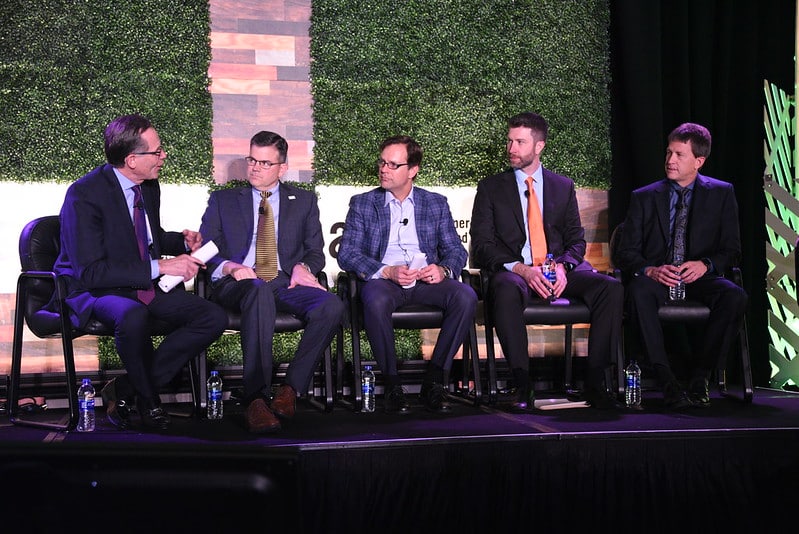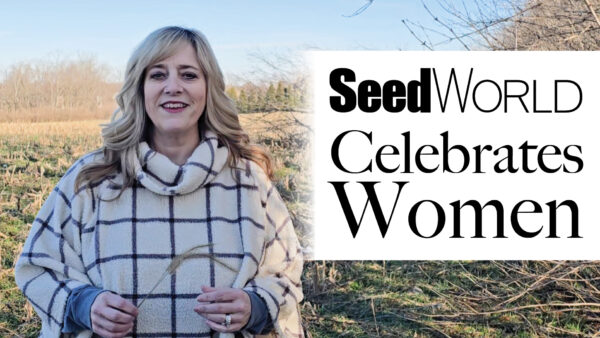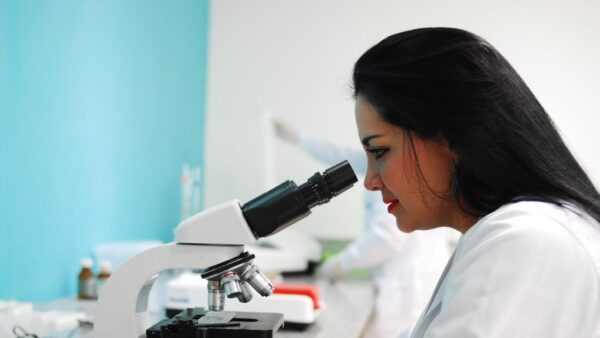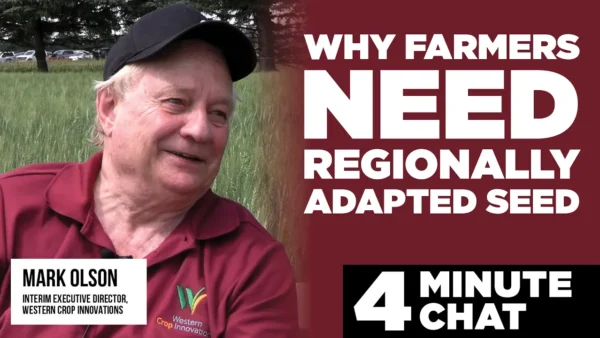From economics to a changing customer and thriving amongst the giants, attendees from any sector of the seed industry could find value in this show. Seed World provides a glimpse.
Once again, the doors of the Hyatt Regency Chicago opened Dec. 9-12 to welcome the largest seed industry conference in the United States, the American Seed Trade Association’s CSS & Seed Expo 2019.
“It’s been an exciting meeting,” said Wayne Gale, ASTA chair and president of Stokes Seeds. “With 2,600 attendees and 473 exhibitors, it’s been well worth coming. Walking through the exhibition downstairs, even with me being in flowers and vegetables, there were seed counters and seed sorters — things that we use in our business.”
Kicking off the opening general session, Dan Basse of AgResource Company gave an update to his predictions in 2018 with a focus on global markets and forces at play. Attendees also heard from Brett Sciotto of Aimpoint Research to learn about “The Farmer of 2040.” This was followed by a panel discussion that featured John Wyffels, John Latham and Myron Stine and focused on strategies to thrive amongst the giants.
“As we think about the world as it sits today, it’s unequal in terms of farmers — those customers of seed companies,” Basse said. “As I look to Brazil or Russia, those farmers are very happy, maybe even gleeful, because under their currency, they are doing so much better than farmers in the United States, in terms of profitability.
“If I turn it back to the U.S., we are still hopeful. We are hopeful that we get a trade deal with China, but in saying that, the upcoming growing season looks to be challenging from a financial perspective because as we bring in another 20 million acres that didn’t get planted last year, and yields return to normal levels, there’s going to be price pressures. That means that for U.S. farmers there’s going to be a little bit of dip in income unless yields can help make us up at the end of next year.”
In terms of key drivers in the market, Basse said one of the demand drivers we had for soybeans was China’s expanding hog herd and their increasing need for soybeans.
“Each year, the Chinese were importing an additional 5 million to 7 million tons of soybeans,” Basse said. “This was something the world was looking at producing. It absorbed that extra production down in South America or the United States each season and it was something that gave us opportunity.”
Enter African Swine Fever, a devastating disease for China’s hog hear that took hold about 18 months ago.
“We believe that 175 million to 200 million head of hogs have perished — a tremendous amount, maybe as much as 40-45% of their hog herd,” Basse said. “Now their demand which was expanding is contracting. China is trying to do more with poultry and aquaculture but in a general sense instead of China taking 125 million metric tons of soybeans, we think they’ll take 80. That’s a billion bushels of soybeans that need to be pushed somewhere else in the world. That’s a lot of supply to absorb.”

Basse said it’s one of the reasons why the U.S. market lost 3 billion bushels of corn and soybeans combined in 2019, yet prices today are cheaper than they were just one year ago.
Adapting to these new market forces and an ever-changing landscape, means what makes today’s farmer successful won’t work for tomorrow’s farmer, and that’s where Aimpoint Research targets its focus.
Sciotto presented on “The Farmer of 2040” and what characteristics they possess, what they value and what that means for those who provide products and services to them.
But Sciotto said it’s not just the farmer that’s changing.
“The environment around agriculture is changing,” he said. “The influence of consumers is more impactful now than ever. The need for input companies to ultimately serve these supply chains in new ways is going to be paramount.
“Not only do they have to figure out how to attract the farmers of the future to be their customers — to communicate and allocate resources and product development in the right way to catch their attention — but equally keep one eye to the broader agrifood value chain. They’ve got to think about how R&D and investment will ultimately allow them to have a competitive advantage and provide an advantage to supply chains that ultimately turn to them. There’s a lot on these leaders’ plates.”
In helping seed companies understand what they can do to be prepared for the farmer of 2040, Sciotto shared a few tips.
The first he said is to develop your view way out (more than normal in terms of strategic planning). This means, at the very least, considering your belief system in terms of how the future will evolve. Then, he said, to consider actions today that will help prepare you for the different and competitive environment.
A lot of providers in the agrifood value chain largely reject small enterprise farmers, often labeled hobby farms. But Sciotto cautioned there’s a percentage of these farms that are startup operations and they’re being run by very entrepreneurial types of growers that absolutely have the potential to be significant players in the future. Then, he said, we want them to be customers in their larger state.
“We have to figure out how to identify these farmers more clearly and to begin to connect with them,” he said. “There’s also a lot of alternative models emerging, vertical agriculture and urban agriculture — they’ve largely been isolated outside traditional agricultural channels. They need to be welcomed in.”
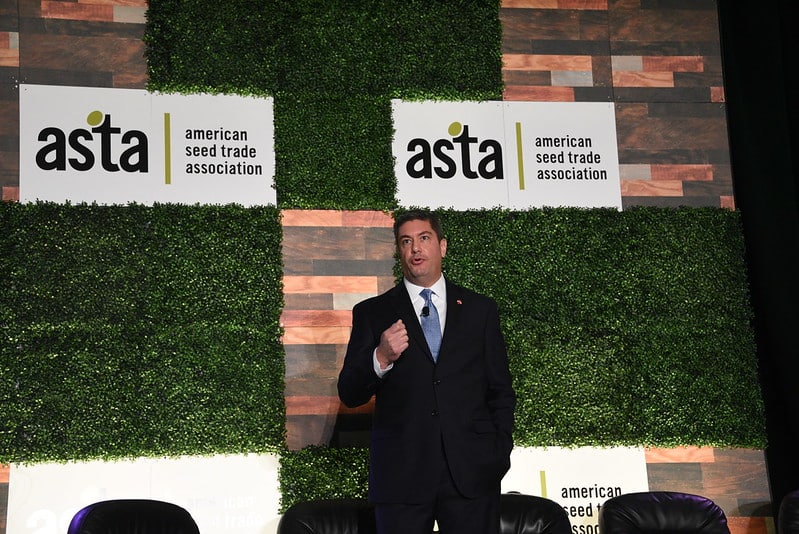
Just like those small enterprising farmers need to be considered and are an important part of the landscape, so too are the independent seed companies. They play an important role for farmers today.
“I believe there is a customer base out there that wants to work with a privately held family company,” said Myron Stine, president of Stine Seed Company. “Independent companies are more agile and make much quicker decisions, be it on the marketing side or on the research side.
“At the end of the day, you’re not answering to a group of shareholders. If we decide we want to our net profitability to be lower, we can do that, or if we want it to be higher, we can do that. I think a family-based, privately held seed company definitely has a spot in the seed industry today.
Latham said when it comes to competing with the multinationals, so much of it comes down culture, attitude, relationships and leadership.
“We put the customer relationship first,” he said. “We continue to build strong relationships within the industry to allow access to the seed products our customers want and need, and we do it all with the attitude to overcome any obstacle that’s put in front of us.”


